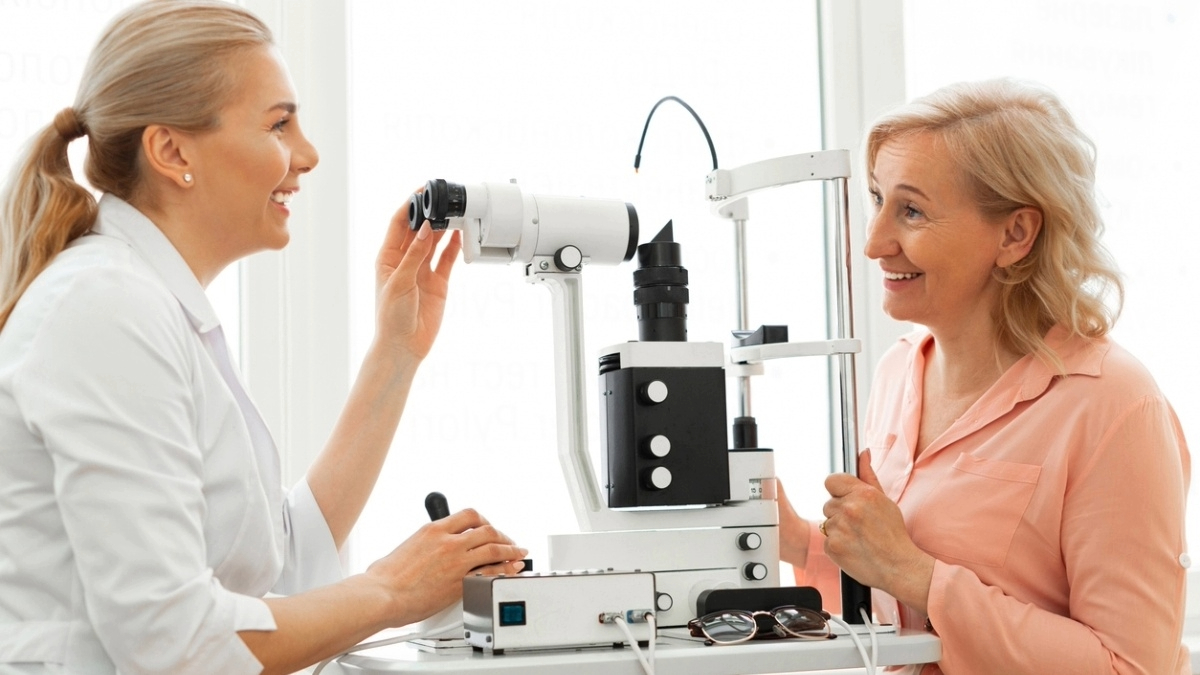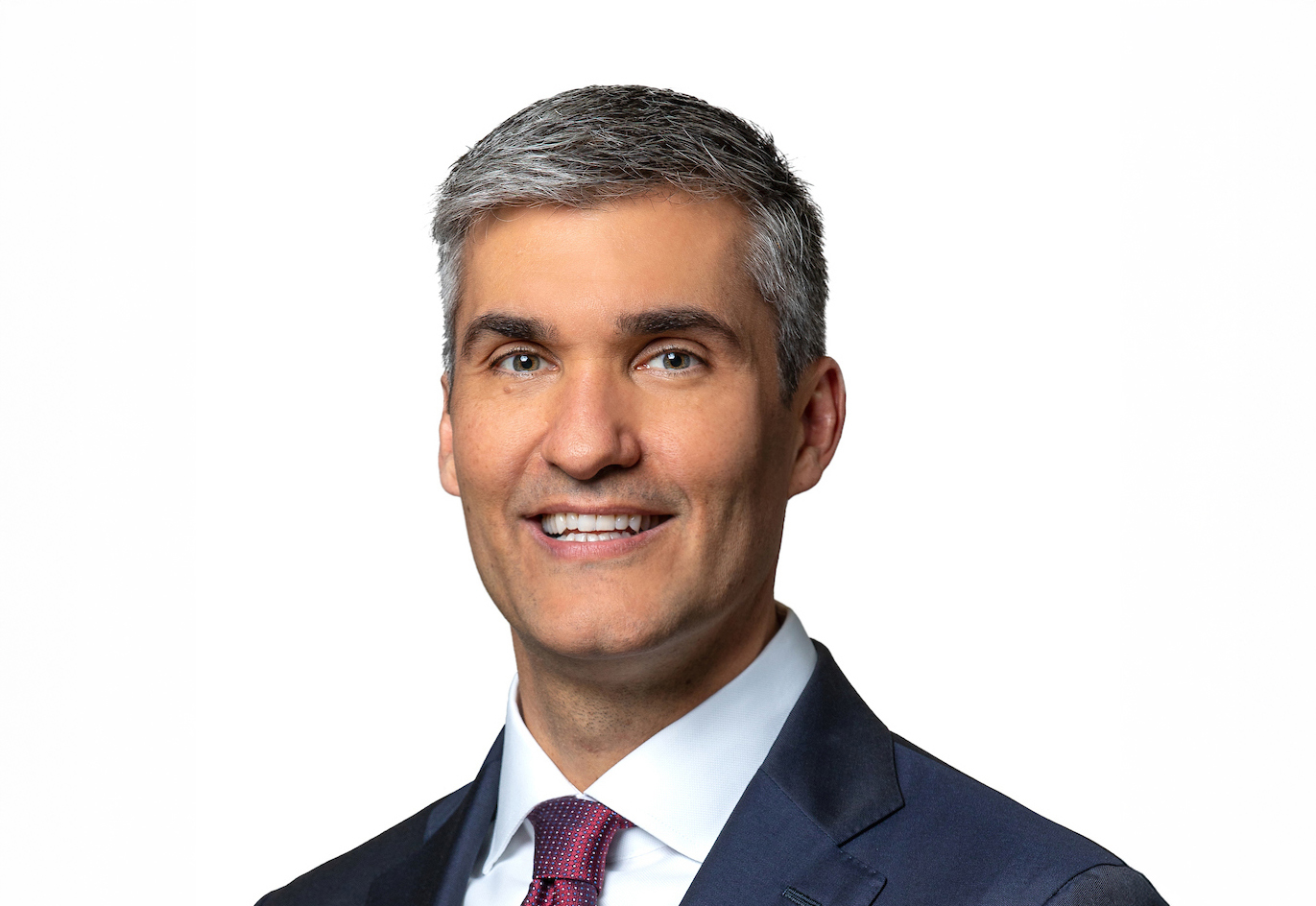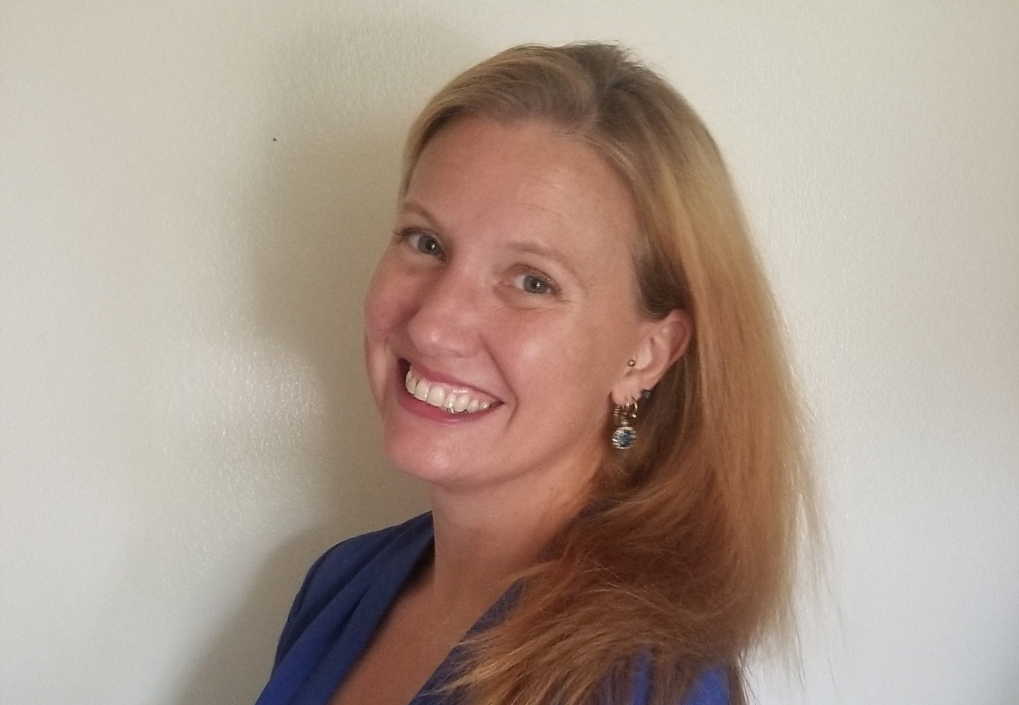
The diagnosis of age-related macular degeneration (AMD) raises a number of concerns. Here’s a list of the top five questions my patients ask me.
1. Will I go blind from AMD?
Very few people with AMD lose all of their vision. This is because AMD affects the macula, which is the central part of the retina that gives us high definition reading vision. It very rarely affects the peripheral retina, which gives us “side vision.” Also, most patients with early-stage macular degeneration (about 80 percent) do not progress to advanced-stage macular degeneration. The 80 percent may have mild visual symptoms, like difficulty seeing upon entering a dark movie theatre, or mild distortion, but are still able to read. Among the 20 percent with advanced macular degeneration, those with the wet form of AMD can often have their vision protected by injection of medicines that block the growth of abnormal blood vessels. For those with advanced dry macular degeneration (also called geographic atrophy), patients will slowly lose their central vision, but clinical trials are testing new drugs to slow or halt this vision loss.
2. What can I do to protect my vision?
Epidemiological studies (those dealing with the incidence and prevalence of disease in a large population) indicate that certain foods are protective or harmful. Protective foods include vegetables (especially spinach, kale, collard greens) and fruits, along with fatty fish twice a week (salmon, sardines, mackerel, tuna). Foods that increase risk are red meat, and high-glycemic index foods (sugar, soda, rice, bread, potatoes), which are simple carbohydrates that quickly convert into blood sugar (glucose), resulting in a rapid rise and subsequent fall in a person’s glucose level. My brother David Dunaief, MD and I have studied the effects of a vegetable-rich diet including a daily smoothie, and published articles showing that it decreases levels of a blood test that measures inflammation, called C-reactive protein (CRP). This may decrease risk of AMD, as AMD is associated with high CRP, and systemic inflammation. More information about retrospective research results with this diet can be found at:https://www.medicalcompassmd.com/post/retrospective-study-diminishing-c-reactive-protein-with-a-low-inflammatory-foods-everyday-life. Smoking significantly increases the risk of AMD. Another protective measure for those with enough drusen (little white spots in the retina seen by an ophthalmologist), is to take antioxidant vitamins. The formula that was proven effective in an NIH clinical trial is called AREDS2, which stands for Age-Related Eye Disease Study.
3. What is the best medicine for wet AMD?
Wet AMD is caused by the growth of new, leaky blood vessels in the retina. Their growth and leakiness is promoted by a protein called vascular endothelial growth factor (VEGF). There are currently four medicines that can be injected into the eye to inhibit VEGF. Clinical trials indicate that these three have similar effectiveness, but Eylea may last a bit longer, leading to fewer injections.
4. How frequently will I need injections for wet AMD, and for how long?
Many patients will receive injections once a month for the first three injections, then every month or two after that. The required frequency depends on how long the retina stays “dry” after each injection, and needs to be determined individually for each patient. Although a few patients no longer need injections after an initial series of treatments, most require ongoing injections to halt the growth and leakage from harmful new blood vessels.
5. Are there any new treatments for AMD coming soon?
For wet AMD, longer-lasting anti-VEGF treatments are being tested in clinical trials. These include new anti-VEGF drugs that stay in the eye longer after injection, and devices that can slowly release existing drugs. Also, new drugs are targeting additional proteins that promote blood vessel growth. For geographic atrophy, phase II and III trials show promise for inhibitors of complement factor C3 or C5, and these drugs, called APL-2 and Zimura, will now be tested in larger, phase III clinical trials. These drugs are injected into the eye every month or two. Additional new treatments are in earlier stages of research and testing.To locate a clinical trial near you, please use our trial finder tool.
Read more about potential new treatments on the horizon.
About BrightFocus Foundation
BrightFocus Foundation is a premier global nonprofit funder of research to defeat Alzheimer’s, macular degeneration, and glaucoma. Through its flagship research programs — Alzheimer’s Disease Research, Macular Degeneration Research, and National Glaucoma Research— the Foundation has awarded nearly $300 million in groundbreaking research funding over the past 51 years and shares the latest research findings, expert information, and resources to empower the millions impacted by these devastating diseases. Learn more at brightfocus.org.
Disclaimer: The information provided here is a public service of BrightFocus Foundation and is not intended to constitute medical advice. Please consult your physician for personalized medical, dietary, and/or exercise advice. Any medications or supplements should only be taken under medical supervision. BrightFocus Foundation does not endorse any medical products or therapies.
- Dry AMD
- Lifestyle
- Wet AMD









